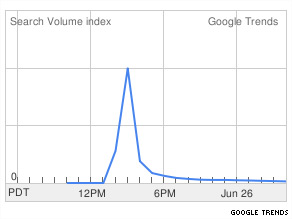While doing regular WordPress maintenance today, I finally bit the bullet and changed the post permalinks to something a bit more human-friendly. For example, the old and new URLs for a recent post are:
http://globalspin.com/2009/05/22/1531/
http://globalspin.com/2009/05/livable-streets/
A bit nicer, right? Here’s the tricky part: the old URL still works, redirecting automatically so no one need get lost on their way in. I’d love to take credit for such a slick bit of business, but it was really simple thanks to Dean Lee’s Permalinks Migration Plugin.

